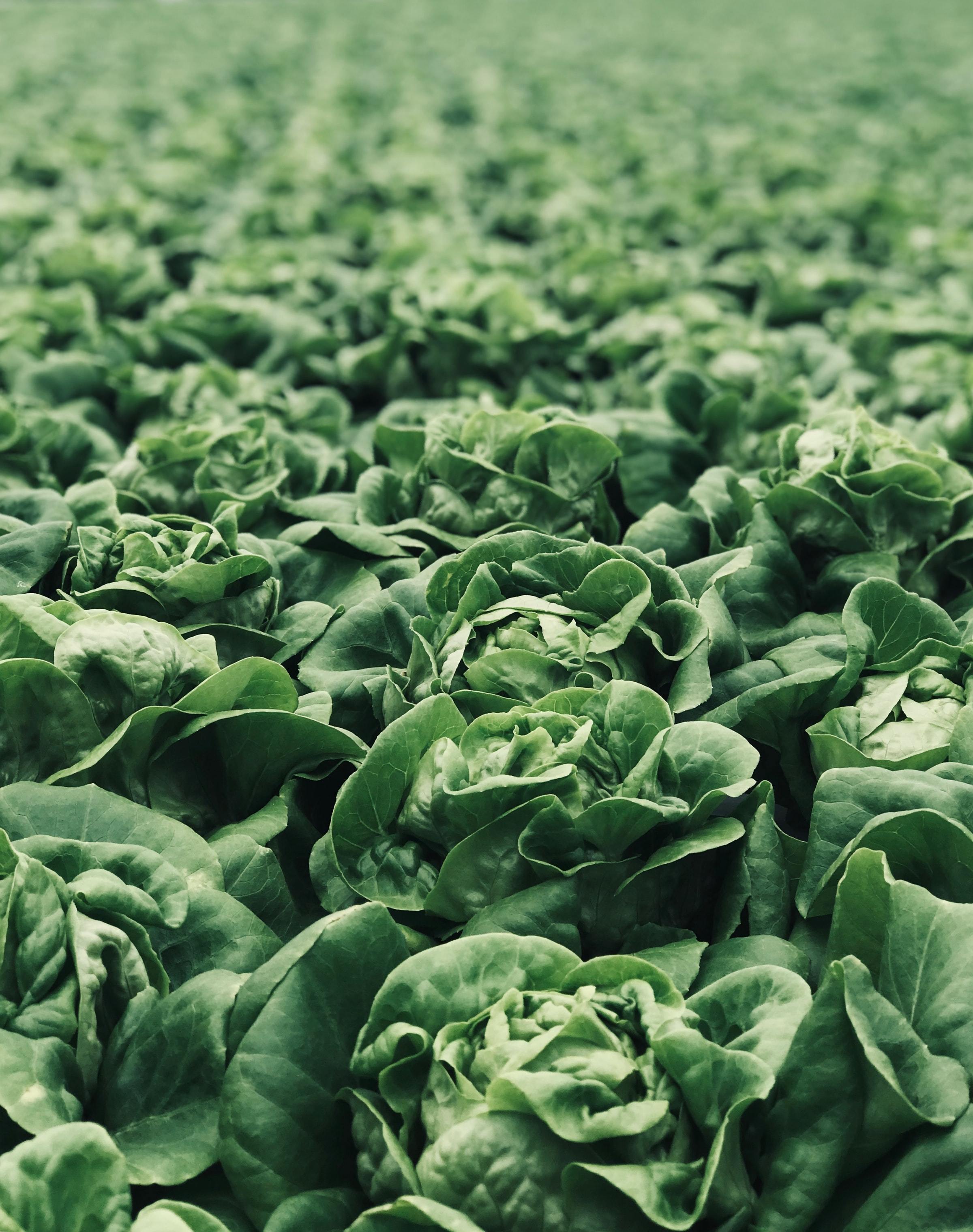
Lettuce Iceberg - McKenzie Seeds
- Canada-Wide Shipping
- Secure Payment & Checkout
Lactuca sativa
- Sweet and crunchy
- Heirloom
- 7 to 10 days to germination
- 75 days to maturity
Iceberg is a very popular variety of lettuce. The fringed green leaves give way to tender almost white hearts. The medium-sized leaves have a delicate mild flavor that is quite a tasty treat. This cool weather crop is perfect for all gardens.
2g. (Approx. 1800-1900 seeds)
Plant in moist, well drained soil, as soon as ground can be worked and danger of frost has passed. For an earlier crop, start indoors 4-5 weeks before the last frost.
Planting Depth: 1.3 cm (1/2")
Plantling Spacing: 20 cm (8")
Row Spacing: 45 cm (18")
Preparation Ideas: To prevent the leaves from bruising, tear them rather than cutting with a knife.
Planting Instructions: Lettuce germinates and grows well in the cool weather of the spring and fall. Lettuce can be planted directly into garden once danger of frost has passed and also sown in late summer for a fall crop. Lettuce can also be started indoors in early spring and transplanted into the garden once leaves are 2.5-5 cm (1-2”) tall.
Lettuce can be grown in most locations but does best in rich, well drained soil.
Sow seeds 13 mm (1/2″) deep and 2.5 cm (1″) apart. Rows should be spaced 45 cm (18″) apart. Seedlings can be thinned out to approximately 20 cm (8”) apart.
A row can be as simple as single row or can be in a band up to 30 cm (12”) wide. The wide row option allows for an easier scattering of seeds at time of planting and is a nice way to mix several varieties together when planting for a colorful tasty mixture.
Seeds germinate in approximately 7-10 days.
In hot weather lettuce can go to seed quickly (bolt). It’s easy to tell when a plant has bolted, because it will send out long shoots topped by flowers that will eventually contain seeds.
Successive planting will provide a continual lettuce harvest.
Young leaves are wonderful and tasty salad greens.
Adequate moisture is essential for the production of crisp and tender leaves.
A steady supply of moisture is critical in head lettuce when heads are forming.
Leaf lettuce is an excellent addition to containers – it looks and tastes great. Just trim back when ready for some lettuce and let grow up again.
Harvesting and Storage
Harvest in the morning when leaves are crisp and full of moisture.
Leaf lettuce can be cut off at ground level, allow it to grow again for a second crop.
Lettuce stored in the refrigerator will stay crisp for 2-3 days.
Lettuce Examined
Butterhead – This type of lettuce received its name because the leaves have a buttery smooth texture. These tender, cupped leaves work beautifully in salads. Butterhead varieties form a loose-leaf head with thicker leaves than other common lettuce varieties.
Head – Head lettuce varieties are recognized by their compact round head of leaves and are often the mildest in taste. They produce firm heads with a crisp texture and crunchy taste.
Leaf – Leaf lettuce varieties produce leaves in a bunch instead of a head. They grow the fastest and are often preferred by people who wish to grow vegetables at home. Leaf lettuce re-sprouts from a cut stem without losing quality in flavor or texture.
Romaine – Romaine lettuce is also known as cos lettuce. It is an upright plant that forms narrow, elongated leaves that grow outwards. It is the most nutritious lettuce with a wonderful crispy texture.
Mesclun – Mesclun (meaning mixed) is a mixture of greens. Typically composed of several varieties of young greens and harvested when the leaves reach the desired size of approximately 8-15 cm (3-6”) Some mixtures are called “spicy” meaning that they have more arugula, watercress, mizuna, and mustard leaves to add some tangy zip!







